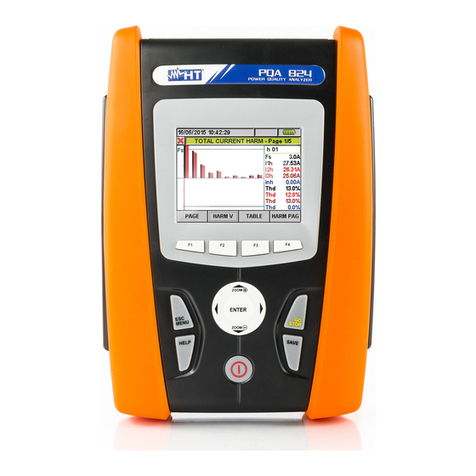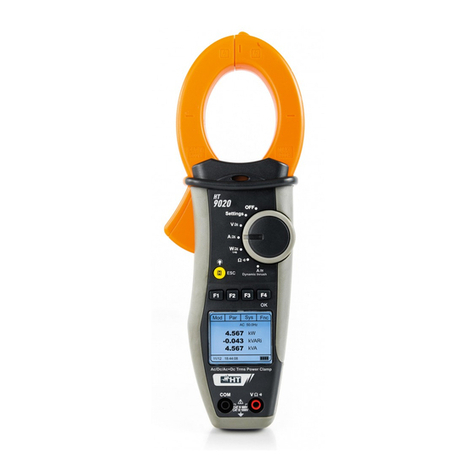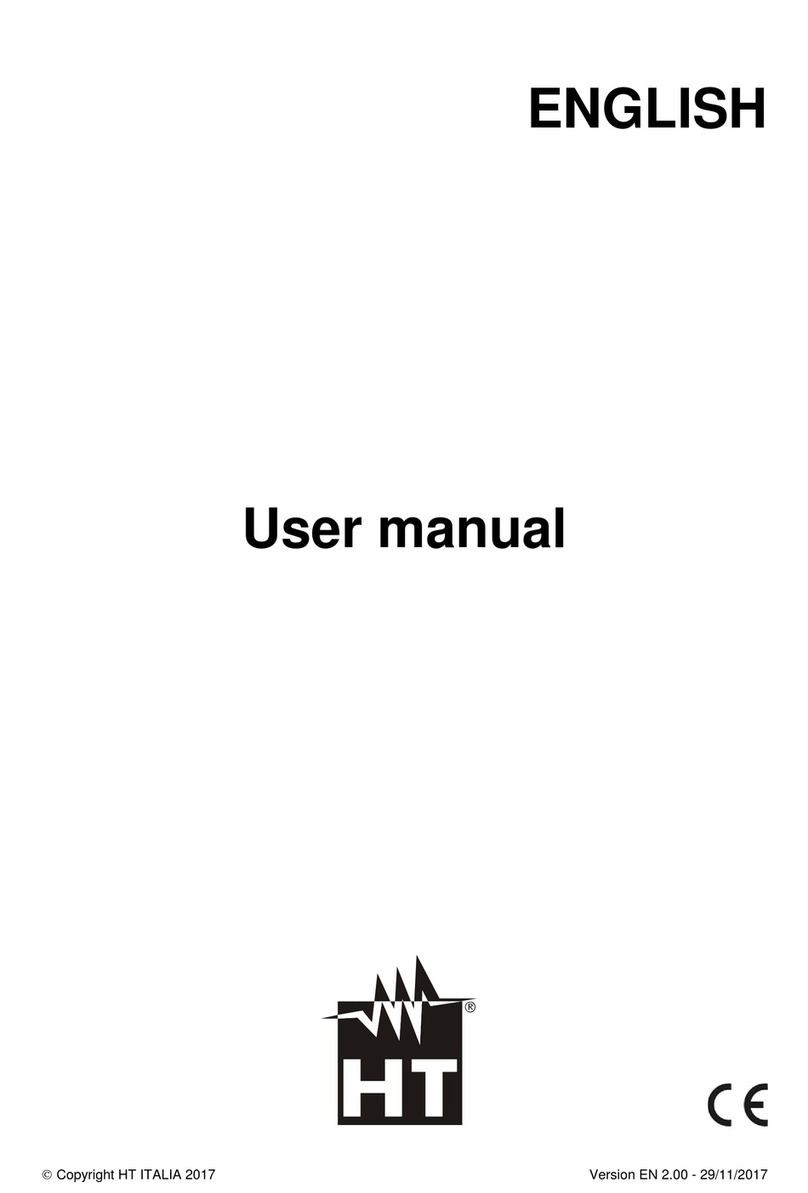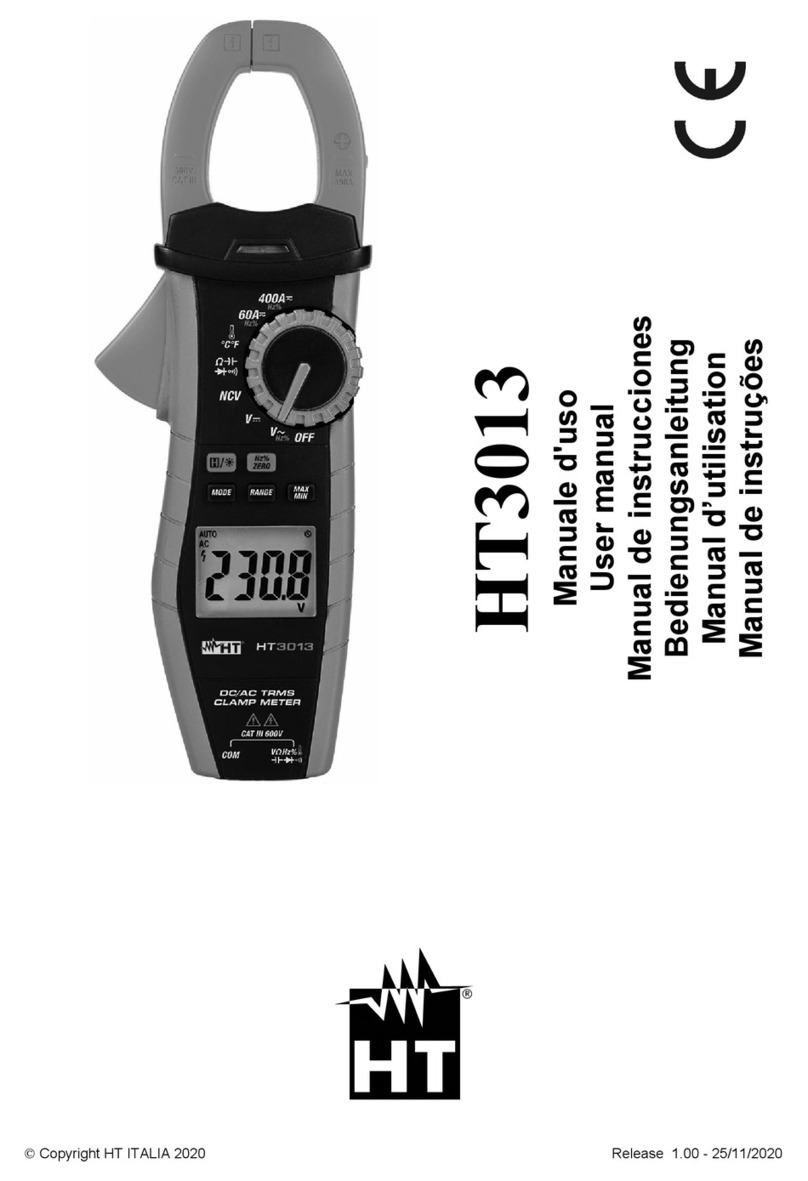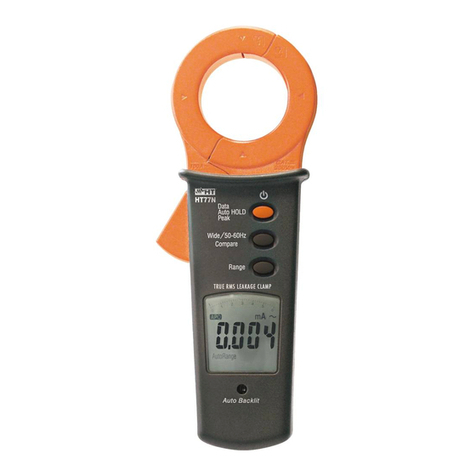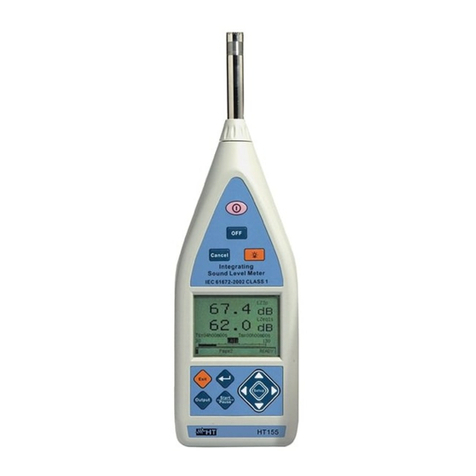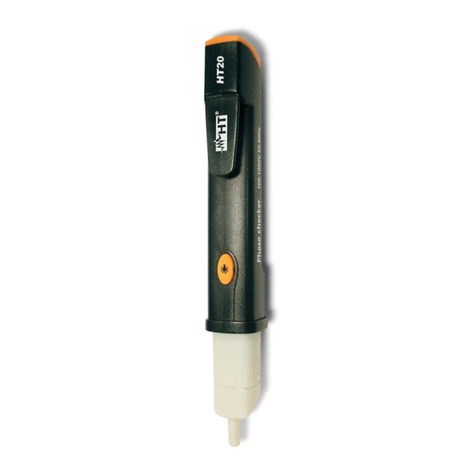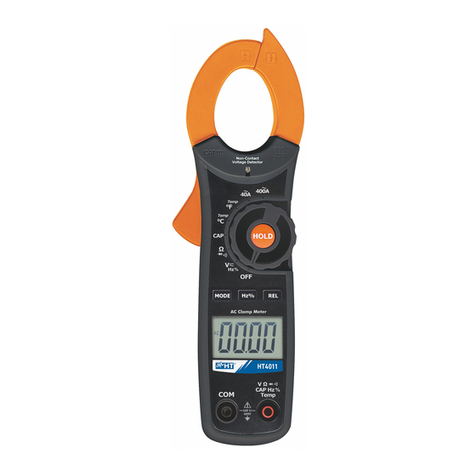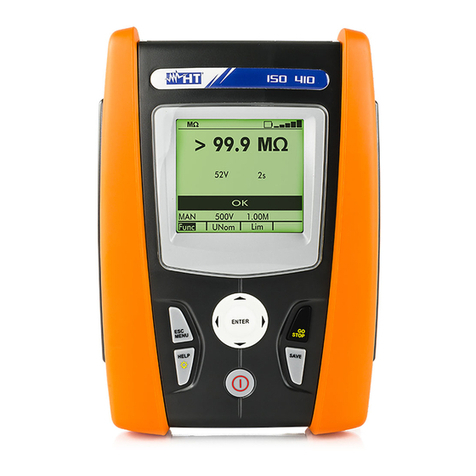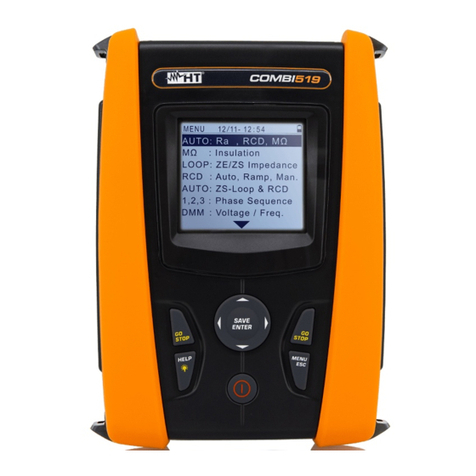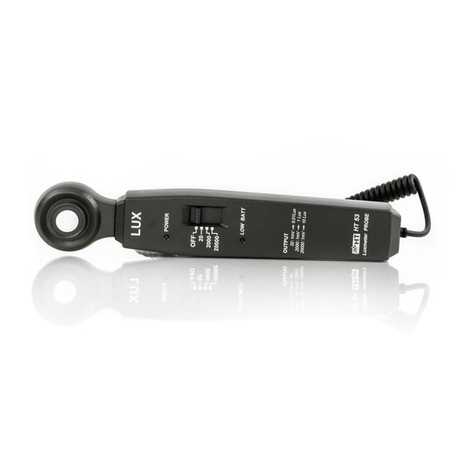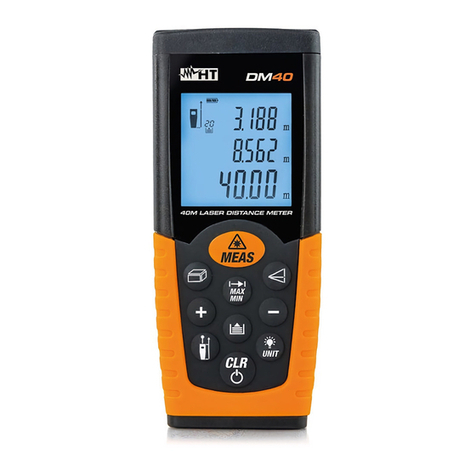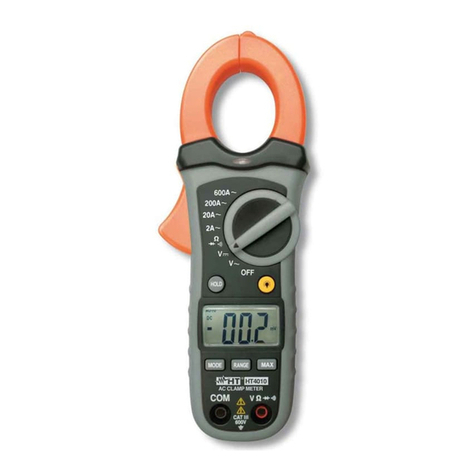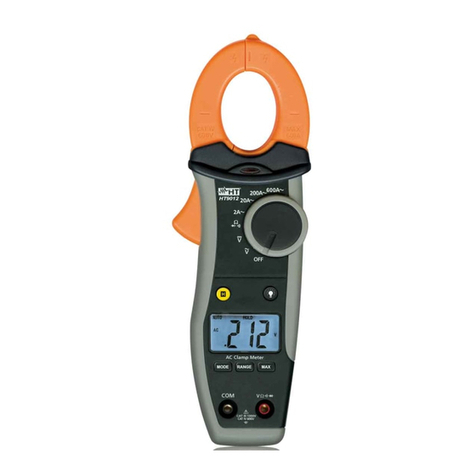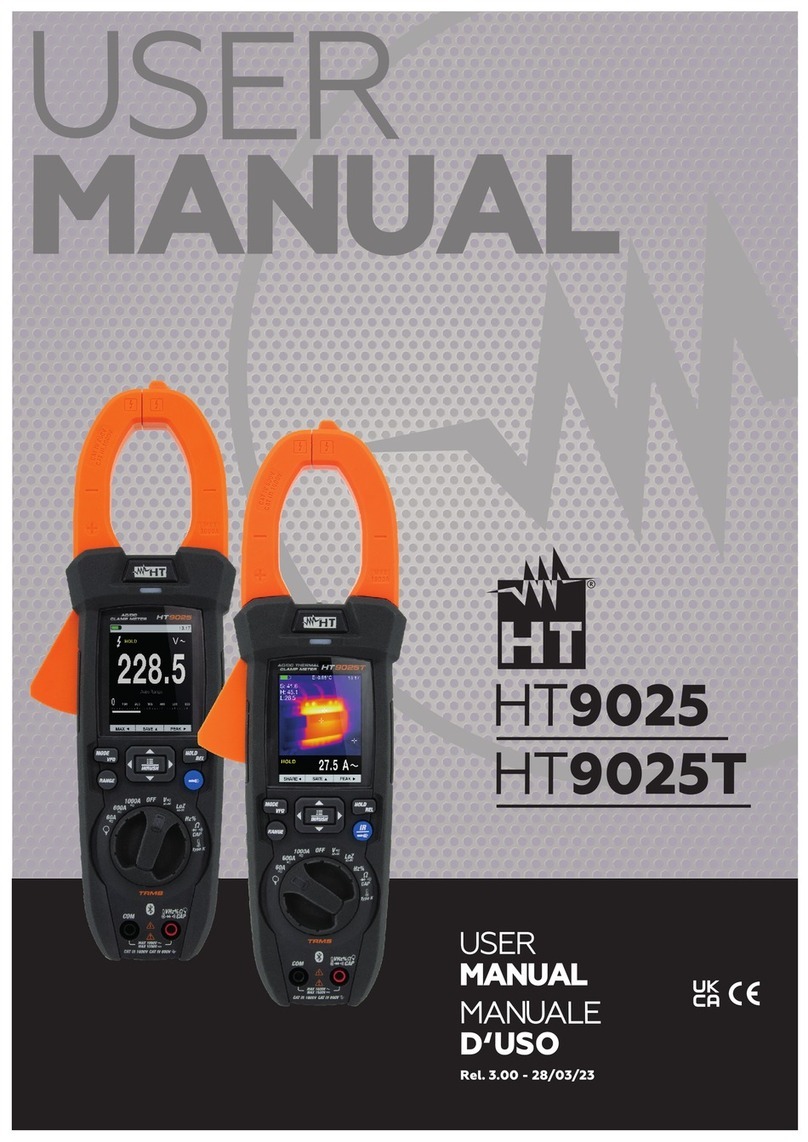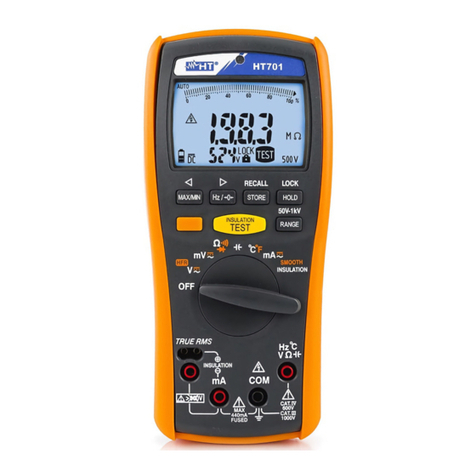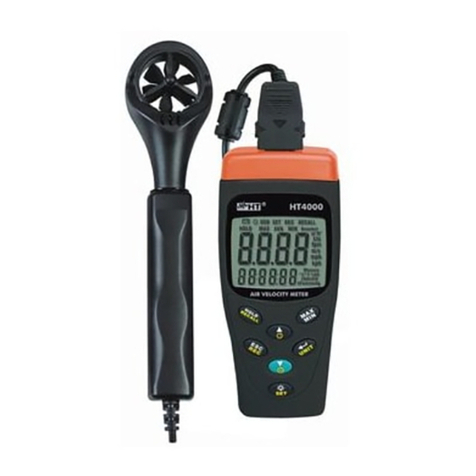
HT7
EN - 1
Table of content:
1. SAFETY PRECAUTIONS AND PROCEDURES..........................................................2
1.1. Preliminary......................................................................................................................2
1.2. During use.......................................................................................................................3
1.3. After use..........................................................................................................................3
1.4. Overvoltage categories - definitions.................................................................................3
2. GENERAL DESCRIPTION...........................................................................................4
3. PREPARATION FOR USE...........................................................................................4
3.1. Initial................................................................................................................................4
3.2. Supply voltage.................................................................................................................4
3.3. Calibration.......................................................................................................................4
3.4. Storage............................................................................................................................4
4. OPERATING INSTRUCTIONS.....................................................................................5
4.1. Instrument description.....................................................................................................5
4.2. Description of symbols at display.....................................................................................5
4.3. Initial autotest..................................................................................................................5
4.4. DC Voltage measurement ...............................................................................................6
4.5. AC Voltage measurement................................................................................................7
4.6. AC Voltage measurement with low input impedance.......................................................8
4.7. 1-wire AC Voltage Detection (polarity).............................................................................9
4.8. Phase sequence indication............................................................................................10
4.9. Continuity test................................................................................................................11
5. MAINTENANCE..........................................................................................................12
5.1. General information.......................................................................................................12
5.2. BatterY replacement......................................................................................................12
5.3. Cleaning........................................................................................................................12
5.4. End of life ......................................................................................................................12
6. TECHNICAL SPECIFICATIONS.................................................................................13
6.1. Technical characteristics ...............................................................................................13
6.1.1. Electrical characteristics .......................................................................................................13
6.1.2. Reference guidelines............................................................................................................13
6.1.3. General specifications...........................................................................................................14
6.2. Environment..................................................................................................................14
6.2.1. Environmental conditions......................................................................................................14
6.3. Accessories...................................................................................................................14
6.3.1. Standard accessories...........................................................................................................14
6.3.2. Optional accessories ............................................................................................................14
7. SERVICE....................................................................................................................15
7.1. Warranty conditions.......................................................................................................15
7.2. Service..........................................................................................................................15












